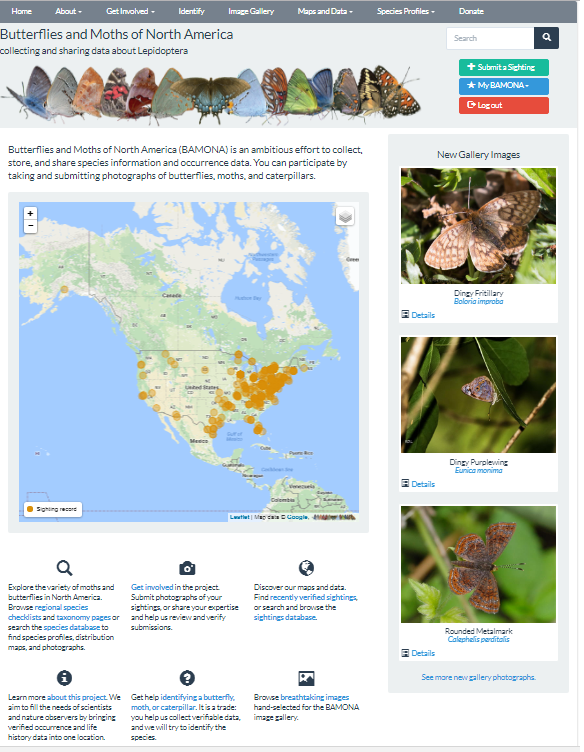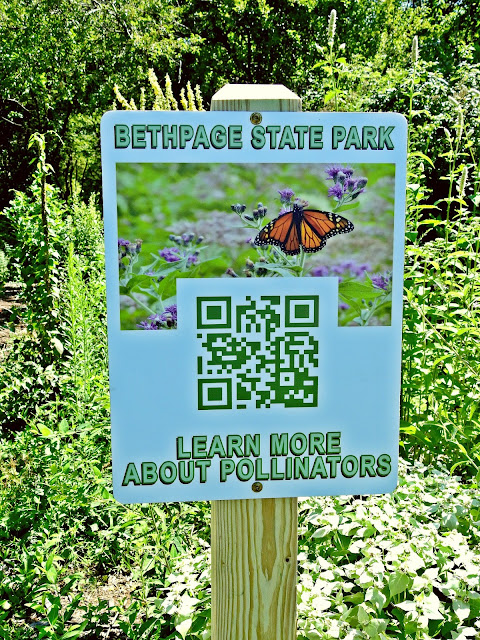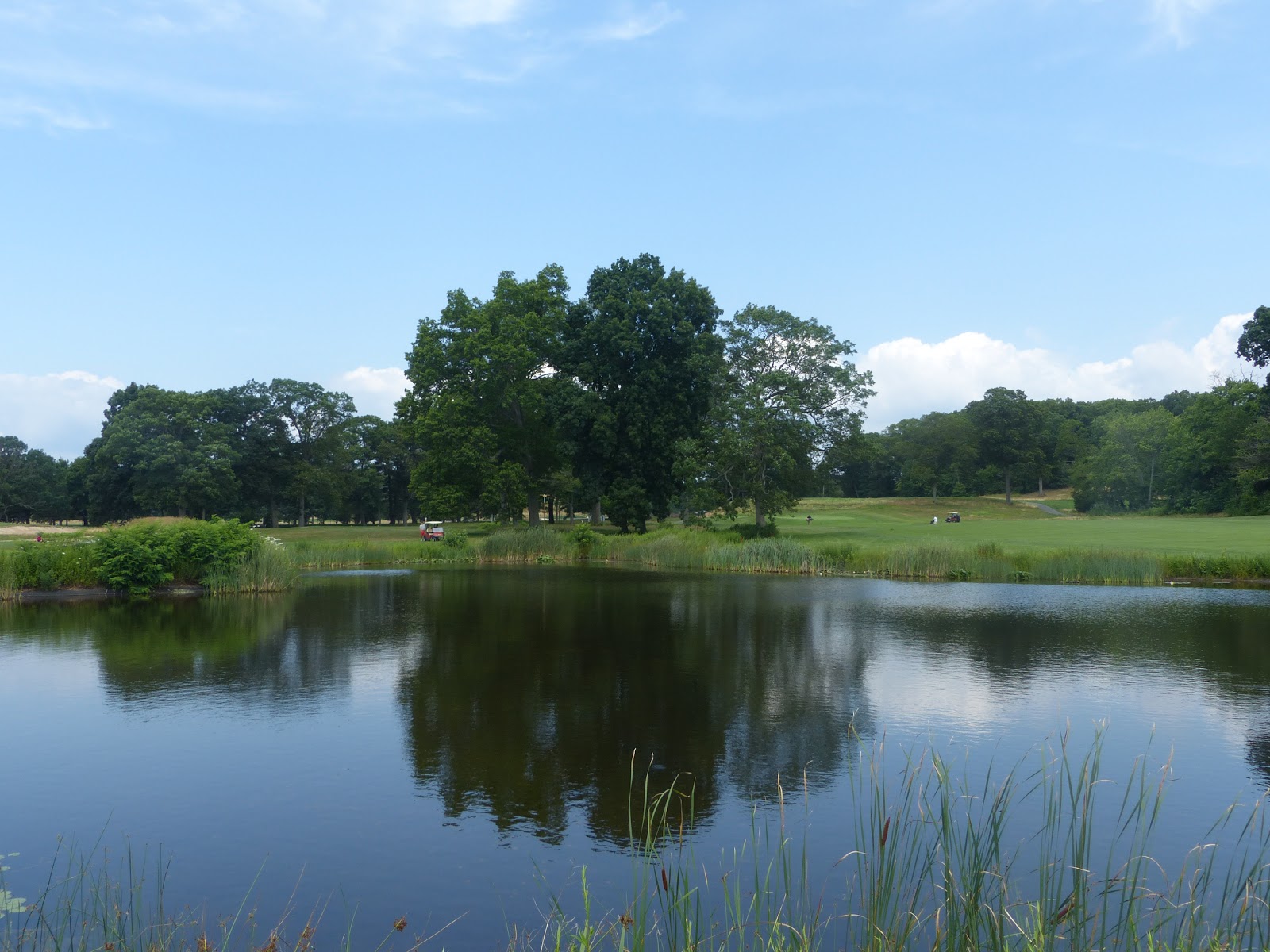Did you know that this week (July 22-30th) is National Moth Week?

This means a full week dedicated to celebrating these beautiful and diverse organisms, which like butterflies, are pollinators! One easy way to get involved this year is to spend some time in your local park or backyard, search for different moth species, and upload your sightings to Butterflies and Moths of North America . This website is incredibly easy to use after you make an account. All you have to do is enter the date, time, location of your moth sighting, along with a photo and the name of the species you think you may have found. Soon after you make your submission, a coordinator will verify your post and enter it into the site's database and gallery. Just like that, you can officially become a citizen scientist! This means that you will have participated in the collective effort to provide biologists and nature enthusiasts nationwide, with data they can use to answer critical science questions regarding pollinators and their populations. Submitting data is how


